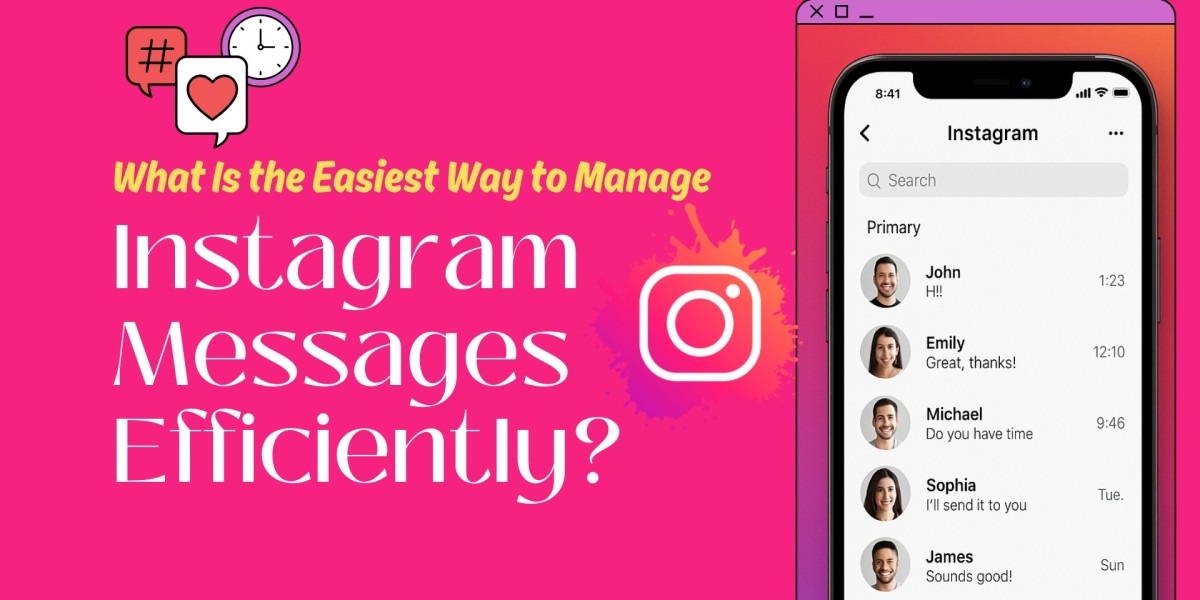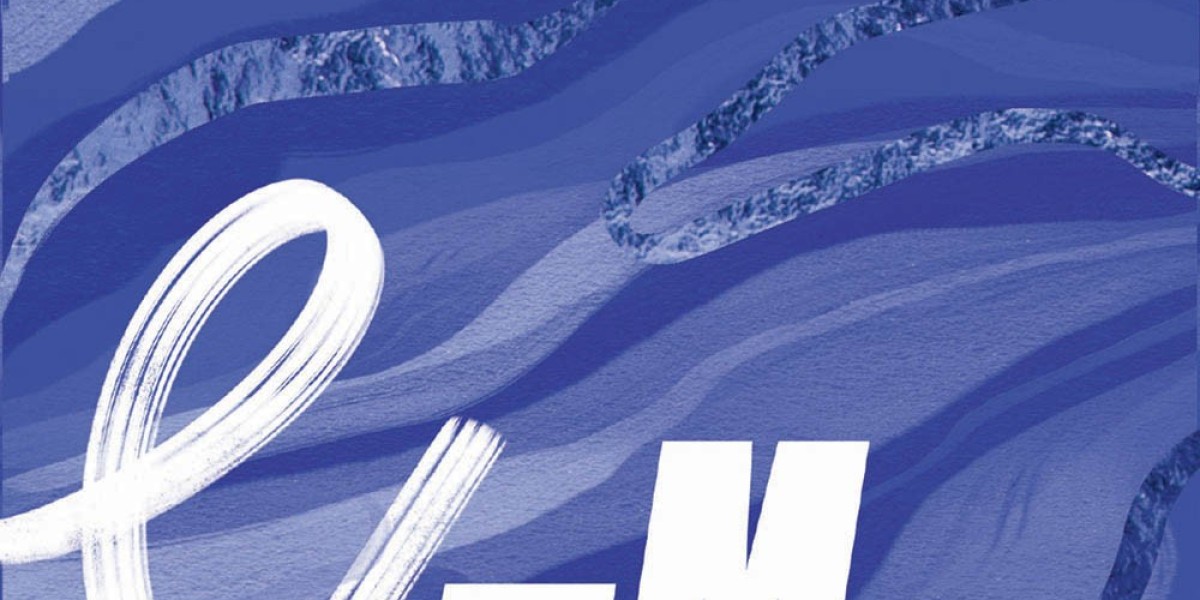Embroidery is one of the oldest and most elegant forms of decoration, transforming simple fabrics into works of art. In today’s world, technology has taken embroidery to a whole new level through digitizer embroidery and embroidery digitizing services. Whether you are a business owner, fashion designer, or hobbyist, understanding how digitizing works can help you achieve stunning embroidered results with precision and speed.
In this blog, we will explore what digitizer embroidery is, why embroidery digitizing services are important, how the process works, and what to look for when choosing a professional digitizing provider.
What is Digitizer Embroidery?
Digitizer embroidery is the process of converting artwork, logos, or text into a digital embroidery file that an embroidery machine can read and stitch. Unlike regular image files such as JPEGs or PNGs, embroidery requires special file formats like DST, PES, EXP, or JEF. These files contain specific stitching instructions that guide the machine on:
Stitch types (satin, running, or fill stitches)
Stitch direction and order
Thread density and tension
Color sequence
Placement of each element
Think of it as translating a picture into a “language” that an embroidery machine understands. Without digitizing, even the most advanced embroidery machine cannot reproduce a design accurately.
Why Embroidery Digitizing is Important
Embroidery digitizing is more than just converting images—it is about ensuring the final embroidered design looks sharp, clean, and professional. Poorly digitized files can cause problems such as thread breaks, uneven stitching, puckering, or misaligned designs.
Here are some reasons why embroidery digitizing is crucial:
Accuracy and Precision
Every stitch must be mapped correctly to replicate the design as intended.Fabric Compatibility
Different fabrics (like cotton, polyester, or leather) require different stitch styles and densities. Digitizing ensures the design adapts well to the fabric.Professional Quality
Digitizing eliminates common embroidery flaws and ensures the final output looks neat and consistent.Efficiency in Production
With well-digitized files, embroidery machines run smoothly, saving time and minimizing wasted materials.
The Role of Embroidery Digitizing Services
Not everyone has the technical expertise or software to digitize designs. That’s where embroidery digitizing services come in. These professional services specialize in turning your logos, graphics, or text into machine-ready embroidery files.
Benefits of Using Embroidery Digitizing Services
Expert Knowledge
Professional digitizers know how to interpret artwork and create files that stitch beautifully on different fabrics.Time Savings
Instead of spending hours learning digitizing software, you can rely on experts and focus on your core business.Cost-Effective
Investing in professional services is often cheaper than purchasing expensive software and training.Consistency Across Products
Digitizing services ensure your designs look consistent whether applied on caps, shirts, jackets, or bags.Customization Options
Services often offer resizing, adding text, or modifying designs to suit your needs.
How Embroidery Digitizing Works
The embroidery digitizing process involves several detailed steps:
Artwork Submission
The client sends their logo or design in a common format such as PNG, JPG, or PDF.Design Analysis
The digitizer evaluates the design, considering its complexity, colors, and the type of fabric it will be embroidered on.Stitch Mapping
Using digitizing software like Wilcom, Hatch, or Pulse, the digitizer assigns different stitch types, directions, and densities.File Creation
The completed design is saved in the specific format required by the embroidery machine.Test Stitching
Many digitizers run a sample embroidery to test accuracy. Adjustments are made if needed.Final Delivery
The digitized file is sent to the client, ready to use in production.
Who Uses Embroidery Digitizing Services?
Digitizer embroidery isn’t limited to big companies—it’s valuable for anyone who wants quality embroidery. Common users include:
Small Businesses: Branding uniforms, promotional items, and giveaways.
Fashion Designers: Adding detailed embroidery to clothing collections.
Sports Teams: Creating custom logos for jerseys, hats, and gear.
Schools and Organizations: Designing crests, patches, and uniforms.
Event Planners: Customizing embroidered merchandise for events.
Hobbyists: Turning personal artwork into embroidery projects.
Choosing the Right Embroidery Digitizing Service
With many digitizing providers available, it’s important to pick the right one for your needs. Here are key factors to consider:
Experience and Skill
Look for services with a proven track record in handling complex designs.Turnaround Time
Fast delivery is crucial, especially for businesses with tight deadlines.Pricing
Compare rates, but don’t sacrifice quality for the lowest price.File Compatibility
Make sure the service provides files in the correct format for your machine.Customer Support
Reliable digitizers offer revisions and support if adjustments are needed.
The Future of Digitizer Embroidery
The world of embroidery digitizing continues to evolve with technology. Artificial intelligence and automation are making digitizing faster and more accurate. Cloud-based platforms now allow clients to upload artwork and receive digitized files seamlessly.
Creative techniques like 3D puff embroidery, appliqué, and textured stitching are gaining popularity, opening new doors for businesses and individuals to stand out with unique embroidered designs.
Tips for Better Results with Embroidery Digitizing
If you’re planning to use digitizer embroidery services, here are some tips to ensure the best outcome:
Submit High-Quality Artwork: Clear, high-resolution images improve digitizing accuracy.
Provide Specific Instructions: Mention preferred size, fabric type, and color preferences.
Choose Fabrics Carefully: Thicker fabrics may require special stitch settings.
Request a Sample Stitch-Out: Always test the design before mass production.
Conclusion
Digitizer embroidery and embroidery digitizing services have transformed the way designs are brought to life on fabric. From business branding to personal projects, digitizing ensures precision, consistency, and quality.
By working with professional digitizing services, you gain access to expert knowledge and tools that guarantee your embroidered designs are not only visually appealing but also durable and efficient to produce.
In today’s competitive market, embroidery remains a timeless way to showcase creativity and identity. And at the heart of this modern embroidery revolution lies one essential step—digitizing.








